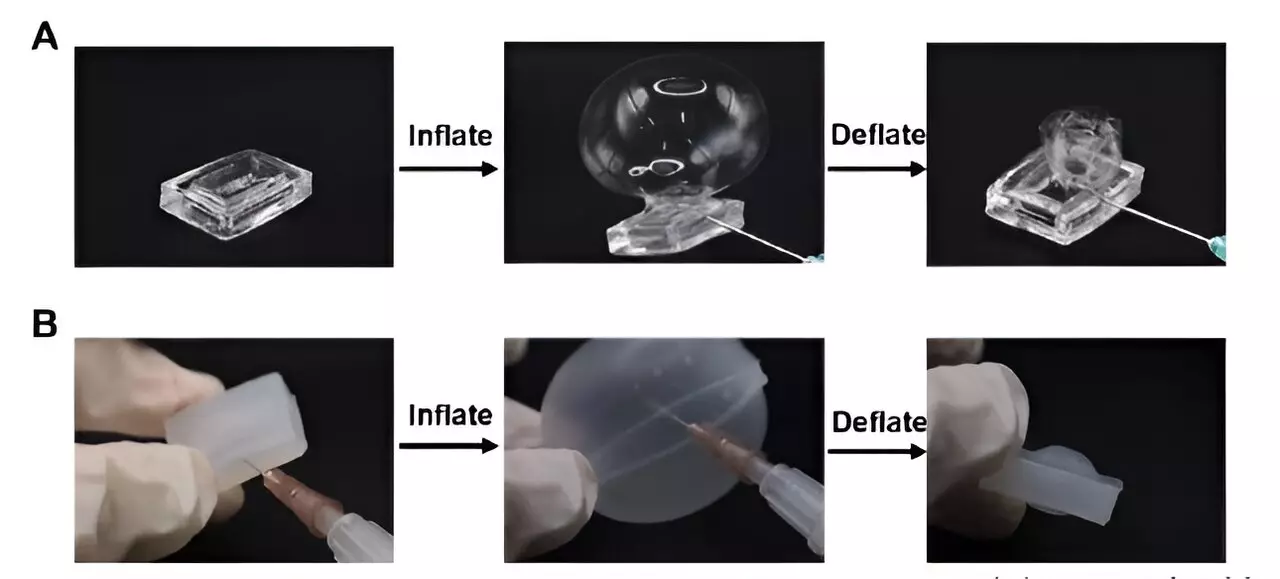Hydrogels have long been known for their stretchiness, but a team of molecular engineers at Tsinghua University in China has taken this to a whole new level. They have developed a groundbreaking hydrogel that can stretch up to 15 times its original size and then quickly snap back to its initial form, showcasing a level of elasticity never seen before in hydrogels.
The Breakthrough
In a study published in the journal Science, the researchers described how they modified the traditional process of creating hydrogels to produce a new type that is far more elastic. The key to this innovation lies in the addition of “pearl necklace chains” – polymer chains that coil and connect together using carbon atoms. These chains have the ability to unfurl when stretched and rewind when released, allowing the hydrogel to bounce back to its original shape effortlessly.
Unlike conventional hydrogels that struggle to return to their original form after being stretched, this new hydrogel can be stretched in all directions. The researchers found that a 30-cm sample could be stretched up to five meters and then quickly shrink back to its initial size and shape in a matter of seconds. The hydrogel can even be manipulated into a disk shape and expanded to 100 times its original size before returning to its original form upon release.
To test the versatility of the new hydrogel, the researchers built robot grippers that were able to pick up delicate objects like strawberries without causing any damage. This suggests that the hydrogel could have various commercial applications, from handling fragile objects in manufacturing to medical uses where gentle yet strong materials are needed.
The development of this highly elastic hydrogel opens up a world of possibilities for industries where flexibility and resilience are crucial. The ability to stretch a material to such extreme lengths and have it return to its original form with ease is a game-changer. With further research and development, this innovative hydrogel could revolutionize fields ranging from robotics to biomedicine, paving the way for a more elastic and adaptable future.


Leave a Reply